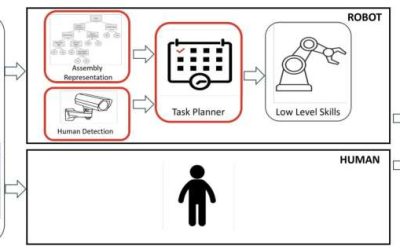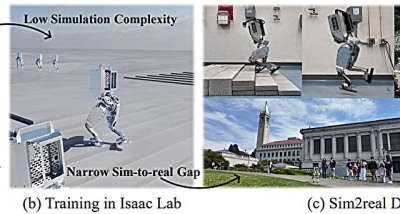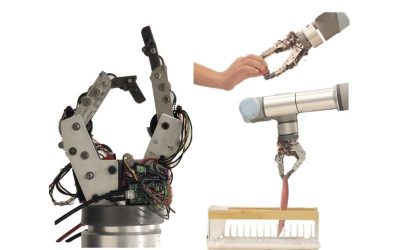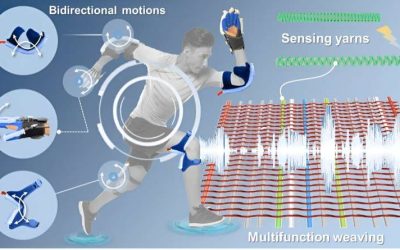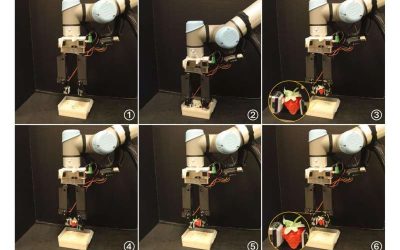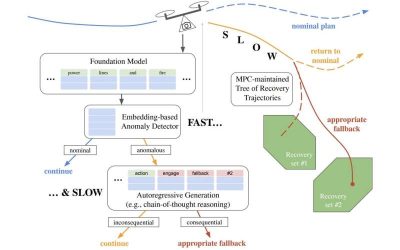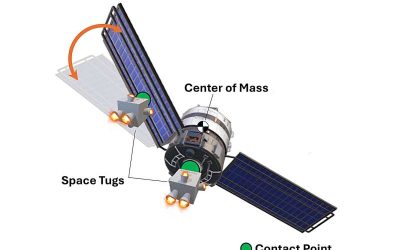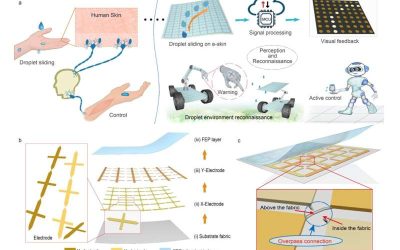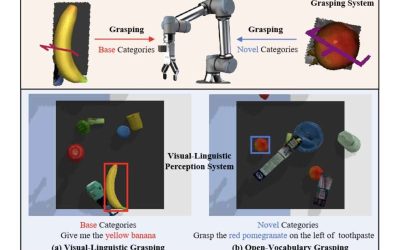Ensuring that robots can smoothly collaborate with humans in real-world environments is a crucial step towards their large-scale deployment. While some robotic systems are already engaging daily with human agents, for instance at partially automated industrial and...
Robotics
Researchers develop a new humanoid platform for robotics research
Advancements in the field of robotics are fueled by research, which in turn heavily relies on effective platforms to test algorithms for robot control and navigation. While numerous robotics platforms have been developed over the past decades, most of them have...
New two-finger robotic hand tackles everyday manipulation tasks in real-world experiments
To reliably assist humans with daily tasks in a broad range of real-world settings, robots should be able to effectively and dexterously manipulate different types of objects. The development of new cost-effective robotic grippers or other hand-like artificial systems...
Scalable woven actuators offer new possibilities for robotics and wearable devices
Over the past few decades, electronics engineers have developed increasingly flexible, versatile and highly performing devices for a wide range of real-world applications. Some of their efforts have been aimed at creating smart and sensing textiles, which could be...
Simplified robotic gripper can still tackle complex object manipulation tasks
In recent years, roboticists worldwide have designed various robotic grippers that can pick up and manipulate different types of objects. The grippers that are most effective in tackling real-world manual tasks, particularly complex object manipulation tasks, are...
A two-stage framework to improve LLM-based anomaly detection and reactive planning
Large language models (LLMs), such as OpenAI's ChatGPT, are known to be highly effective in answering a wide range of user queries, generalizing well across many natural language processing (NLP) tasks. Recently, some studies have also been exploring the potential of...
An adaptive method to detumble non-rigid satellites using robots
More than 8,000 man-made satellites orbit planet Earth today, many of which were launched into space decades ago. Repairing and maintaining the proper operation of these satellites is not always easy and often requires carefully planned and targeted interventions.
A droplet-sensing bionic e-skin that could further enhance robotic perception
In recent years, many research teams have been trying to design artificial skins with electronic properties for humanoid robots, smart prosthetics and other bio-inspired systems. These skins could sense the textures and tactile properties of objects, allowing various...
A flapping microrobot inspired by the wing dynamics of rhinoceros beetles
The wing dynamics of flying animal species have been the inspiration for numerous flying robotic systems. While birds and bats typically flap their wings using the force produced by their pectoral and wing muscles, the processes underlying the wing movements of many...
A visual-linguistic framework that enables open-vocabulary object grasping in robots
To be deployed in a broad range of real-world dynamic settings, robots should be able to successfully complete various manual tasks, ranging from household chores to complex manufacturing or agricultural processes. These manual tasks entail grasping, manipulating and...

